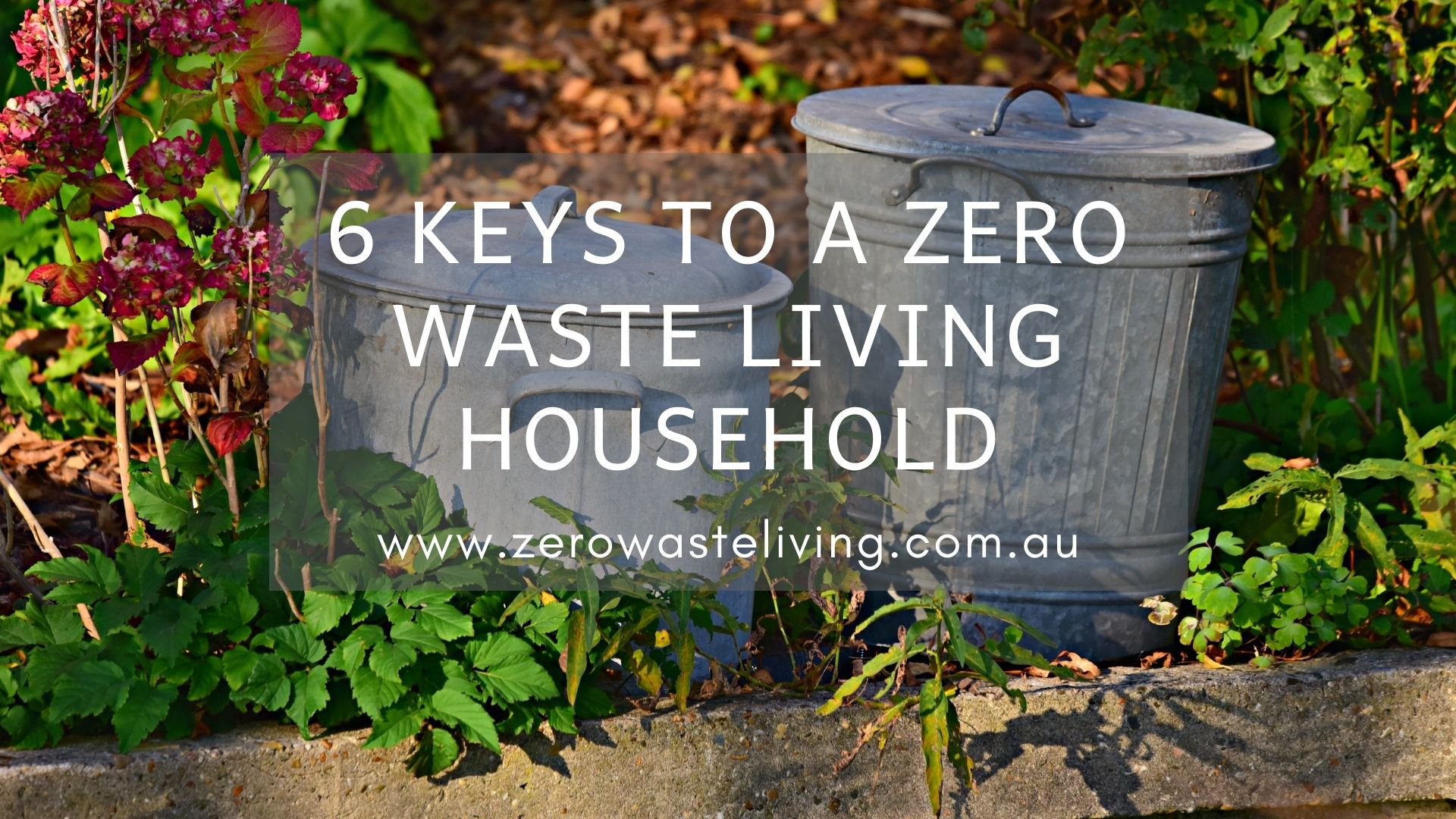
6 Keys to a Zero Waste Living Household
The zero-waste movement continues to pick up momentum, becoming more and more popular with millennials and young families in particular. The move to reducing our impact on the world now goes way beyond remembering to turn the lights off and separating our trash into a recycling bin.
Running a zero-waste household can be challenging, after all, modern living seems to be at odds with a zero-waste lifestyle. But it can be done. By making simple changes in the way you buy, use, and dispose of items, you can drastically reduce the amount of waste your produce.
To get you started, here are six keys to a zero-waste household.
1. Start in the kitchen
The kitchen is the most wasteful room in any household. Getting a handle on your kitchen waste is key to drastically reducing your waste.
Buying food – food is one of the main culprits of over packaging. When buying food, choose produce that is loose and free from plastics. There are many places that you can take your own containers to fill up. Buying local seasonal produce also cuts down on the environmental impact of food transport.
Brown bag it – instead of going to work and buying a prepackaged lunch on your break, make your own food at home and bring it with you.
Store food without the waste – cling film, tin foil, and plastic food bags may seem like a good way to preserve and store food, but they are incredibly wasteful as they can only be used once. Instead of using these, invest in some reusable silicone sheets for baking and reusable bags for storing food in.
Food waste – the scale of food waste in developed countries is shocking when you consider that areas of the world are starving. By switching your buying habits to unpackaged, fresh produce, you should start to reduce the amount of food you waste. There will inevitable by some waste in the form of uneaten cooked food and fruit and vegetable peelings. Instead of putting these in the trash, start collecting them in a compost bin. You’ll be able to reuse it in your garden and plants.
2. Clean up in the bathroom
After the kitchen, the bathroom is high on the list of rooms that produce waste. Almost everything you buy seems to come in a plastic bottle. While you might think that you’re doing your part by purchasing recycled plastic bottles, the truth is that most plastic is only recycled once or twice before it ends up in landfill. Additionally, the energy it takes to recycle plastic is not insignificant. To reduce the amount of plastic waste you use in your bathroom, look at the following:
Change to bars – lots of toiletries can now be bought in a bar form, like soap. From shampoo and conditioner to deodorant. They are often made from organic, natural ingredients and come with minimal or no packaging.
Bamboo toothbrushes – dentists recommend that we change our toothbrush every three months. That’s a lot of toothbrushes over a lifetime. Switch to bamboo toothbrushes which are biodegradable.
Facecloths – how often do you take your makeup off with a disposable face wipe? Swap your pack of wipes for a reusable makeup cloth and a packaging-free cleansing bar
3. Buy and donate pre-loved items
We’re too quick to throw away household items when they have slight damage, or even if we’re just redecorating. Always look to sell, give, or donate clothes, furniture, electronics.
Similarly, if you’re looking for something new. Have a look at the usual online market places and see if you can pick it up for a bargain.
4. Bringing up baby…waste-free
A new baby will generate so much waste, you won’t believe it. There are some ways to massively reduce this. Reusable nappies will not only save you putting hundreds of dirty bags of nappies into landfills, but they’ll also save you hundreds of dollars. The same goes for baby wipes. They are packaged in plastic and aren’t biodegradable or flushable. Buy reusable ones and save yourself a lot of money.
5. Clean up
Everyone likes to have a clean home. But at what cost? Not only are you using harsh chemicals, but all of the products also come in plastic bottles. There are many homemade cleaning products that can do the job with just a few household items like white vinegar, baking soda, and lemon juice.
6. Always be prepared
Making changes within your home is one important step, but you can often find yourself caught out when you’re out and about. Try and be prepared by always carrying reusable shopping bags, a water bottle, a travel cup, and a straw. That way, you can still enjoy eating and drinking out, without having to miss out. Many coffee shops also offer discounts to those customers who bring in their own cups. So you’ll save money too!
Conclusion
Creating a zero-waste household isn’t easy, but it is very rewarding when you realise just what you can achieve with mindfulness and planning. If you have young children, you’ll also be teaching them the importance of reducing their impact on the world, making them far more likely to carry this on in the future.
